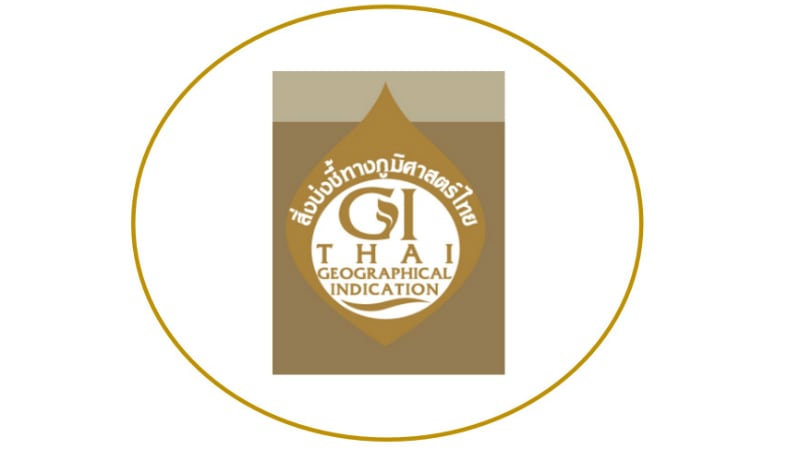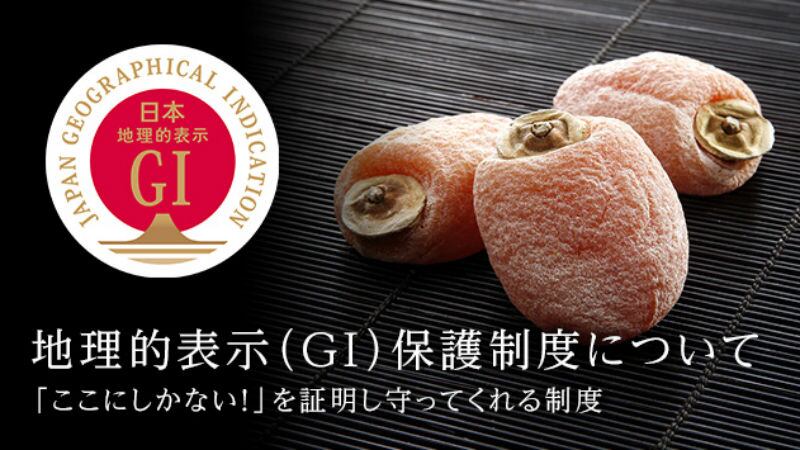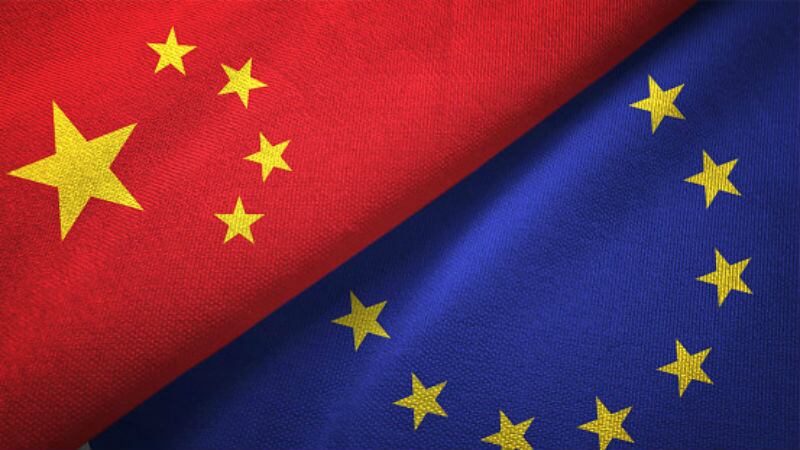According to the department’s Director-General Thosapone Dansuputra, GI products had been developed and certified originating from 75 of 77 provinces as of 2019. The only two remaining locations left are Pathum Thani and Ang Thong, which have both also already submitted GI registrations which are being evaluated.
“The Intellectual Property Department is persuading communities in every province to submit indigenous products for quality validation, in line with GI guidelines,” Dansuputra said in a formal statement to the United States Royal Thai Embassy.
The majority of Thai indigenous products submitted for GI-protection so far have been food products: Examples include Thung Kula Rong Hai hom mali rice, Doi Chaang and Doi Tung coffee, Phetchabun sweet tamarind, Tubtim Siam Pak Phanang pomelo, Lamphun golden dried longan and many more.
"We hope to have GI products from all 77 provinces in the first quarter of this year," he added in a statement to Bangkok Post.
This is in accordance with government strategy, where the Thai cabinet had issued instructions for the country’s Ministry of Interior to support each province in the development of GI products so as to help local communities as well as value-add to local products.
Overall, Thailand hopes for GI product sales to contribute at least THB30bn (US$960mn) by 2024. In 2019, these sales hit some THB5.2bn (US4$166mn) – an increase from THB4bn (US$128mn) the previous year and THB3.7bn (US$118mn) in 2017.
“Thailand has a virtual treasure trove of products that could qualify for certificates [and] by awarding more certificates that are deserved, [we] believe the US$1bn per year target [can be reached by 2024],” said Dansuputra.
Online push
Additionally, the government has also been pushing for the sales of GI-protected protects by developing new online retail channels for these in partnership with the Charoen Pokphand Group’s convenience store arm CP All.
Six GI-protected products have been made available online at the company’s Shop at 24 website. Four of these are food products, namely Thung Kula Rong Hai rice, Sangyod Muang Phatthalung rice, Doi Tung coffee and Lamphun golden dried longan. The other two are local handicraft items: Chiang Mai celadon pottery and Sakon Nakhon natural indigo dyed fabric.
"Shoppers can buy them on the website and pick them up at their choice of 7-Eleven branch nationwide,” Deputy Commerce Minister Weerasak Wangsuphakijkosol said at the launch ceremony.
Why is GI protection such a big deal?
According to the Thai IP Department’s website, a GI is used to indicate products that have a ‘specific geographical origin and possess qualities or a reputation that are due to the origin’.
“Benefits from GI registration include protection, consumer confidence-building, advancement to the international level, added value, maintenance and preservation of the product’s standard and local wisdom, support for tourism and strengthening of the community,” said the department.
The Thai GI logo (above) is specific to the country and is required for the related product to be recognised as originating from the registered geographical source. Producers that successfully obtain this have to comply with the relevant control manuals and control plans set by the government.
Thailand is not the first APAC country to see GI-protection as an important growth measure for local food products – Singapore has also pushed for more food firms to register for this, and China recently signed a landmark agreement with the European Union to GI-protect 100 of each others’ products, with a strong focus on foods as well.





